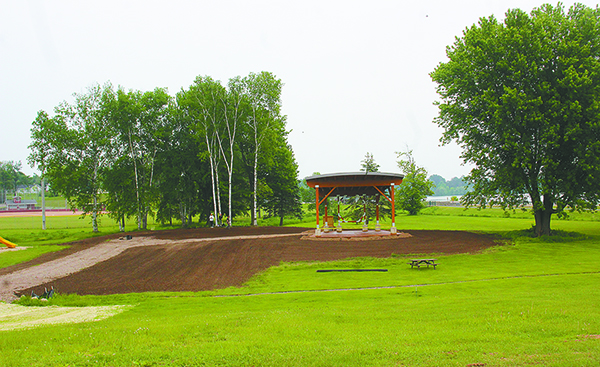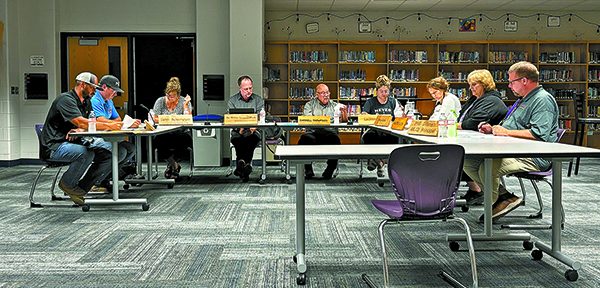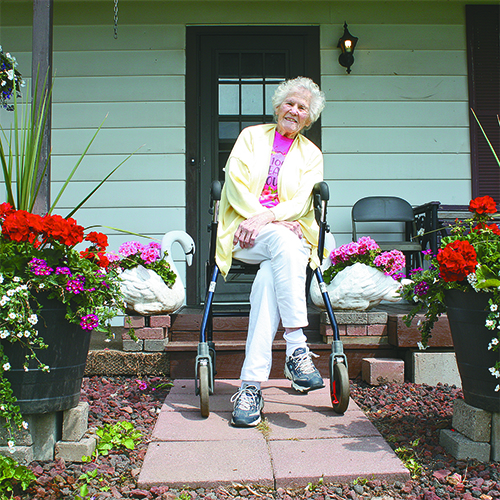Curtiss increases tax levy, says resident tax bills to remain the same
By Neal Hogden
The Village of Curtiss board voted to raise its tax levy $432 in total to $151,382 at its annual budget meeting on November 7. The board chose to raise the levy as board member Jonathan Unruh noted that new construction within the village should make it so the residents of the city wouldn’t pay more in taxes to the village. Residents may still see increases in their total taxes when combining the school district and county tax levies.
“The village portion of the taxpayer’s bill will not increase,” Unruh said. “However, there are other things outside of our control that might increase.”
The increased tax levy adds to a total expected revenue of $351,187 for the village’s general budget in 2024. The budget includes a surplus of $37,369 in its general budget to add to an expected surplus of $2,228 in 2023. This surplus will help to offset the village’s deficit of $39,742 it experienced in 2022.
To help offset a nearly $11,000 budget deficit in the village’s proposed sewer budget, the board tabled a discussion until next month about raising the village’s sewer rates. The village’s water budget was presented with $446,667 in total income and $429,483 in total expenses
See CURTISS BUDGET/ Page 2 Curtiss budget
Continued from page 1
creating a $17,184 surplus.
Other business
n The board discussed options for adding a part time public works employee. The board decided to advertise the opening in the Star News Shopper, Central Wisconsin Shopper and West Central Wisconsin Shopper.
n The board agreed to replace the windows in the Curtiss Post Office which is connected to the village hall. The current windows were estimated to have been in the building since the 1960s. The board agreed to go with Marshfield Glass for the project and Larry Swarr said the panes that would be installed would be safety glass to meet current codes.
n The board also agreed to replace two doors in the post office using local contractor Corey Hanson. The board approved the project to not exceed a total of $2,750.
n Swarr informed the board that two PFAS-related lawsuits against 3M and DuPont were available to the village.
“We would qualify for any PFAS related stuff through 2030,” Swarr said, referring to the DuPont lawsuit.
Swarr said to be involved in the litigation, the village would need to test each of the 13 wells 29 times. Unruh estimated that the village would need to pay $7,000 in well testing in order to qualify for payment from the lawsuit. Unruh estimated that if the wells tested positive for the max amount of PFAS listed in the lawsuit, the most the village could get would be $53,000.
The board decided that the potential financial gain would not be worth spending $7,000 in testing the water sources because the village has not found PFAS in any of its water sources as of yet.




